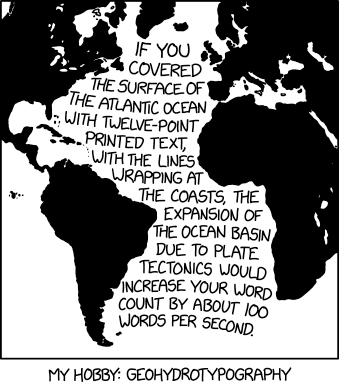
The USGS announced a new, more detailed national geologic map last week.
The new USGS map, called The Cooperative National Geologic Map, was created using more than 100 preexisting geologic maps from various sources and is the first nationwide map to provide users with access to multiple layers of geologic data for one location. This feature allows users to access the multiple data sources included in the map to look at or beneath the surface to understand the ancient history of the nation recorded in rocks.
Of note: the USGS cites automated processes to speed up the integration of data from its various sources (e.g., state geologic surveys), resulting in a new map after only three years of development.











